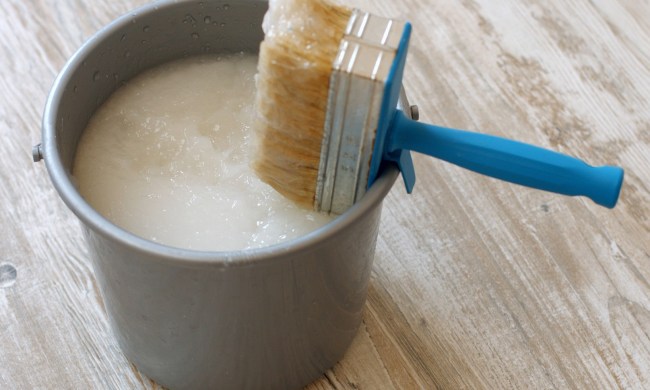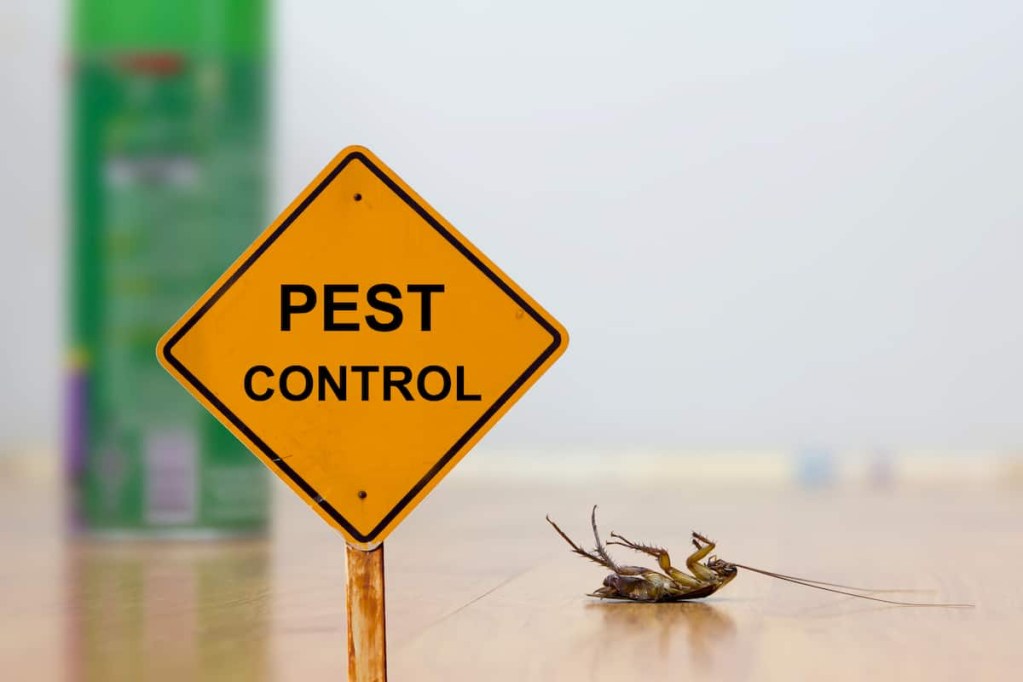
A pest problem in your home is certainly gross. In addition to the unwanted presence of creepy-crawly invaders, many pests also carry diseases that create unsanitary conditions. Some can even cause serious damage to your home. A full-blown infestation can be extremely difficult to get rid of, potentially costing you a lot of time, money, and effort. But is fall the best time of year when spraying your house for bugs?
Autumn is an important season for pest prevention practices because they stop infestations before they start. Developing a pest-prevention schedule includes periodically spraying your house for bugs to discourage their presence and stop them in their tracks before they start nesting and breeding. Timing is crucial here, so we’re going to discuss the best time of year to spray your house for bugs and why the fall season can make or break your pest control strategy.
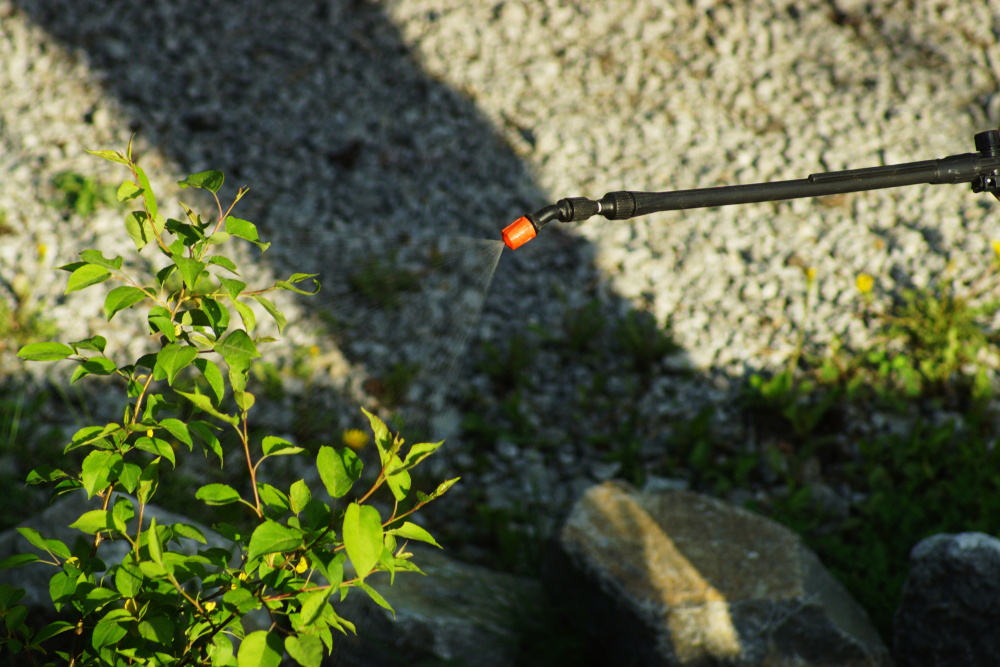
When to spray the house for bugs
Insects follow a predictable life cycle, so you can schedule sprays at the same time every year when they’re the most vulnerable to the chemicals and methods used.
Winter bug activity
During the winter months, insects are dormant and in hibernation. They’ve found a safe place to hole up for the winter, but many of them will not survive until spring. They won’t be bothersome during this time, so you may not even know whether bugs are present or what type of critters might be milling around.
Spring bug activity
When spring hits, the insects that survived the winter start to come out of hibernation in search of a safe place to nest and breed. During this time, they are fewer in number, and they are weak and in search of food. This is, by far, the most important time of year to spray for bugs, particularly if you have a history of infestation. If any insects survived the winter, spraying in the spring will exterminate them before they have a chance to breed and take hold of your home.
Summer bug activity
In the summer, bug colonies are at their peak in both strength and numbers. They’ve fed, bred, and multiplied to the point where you see evidence of their activity as well the actual bugs much more often. When you have a bug problem in the summer, you’ll need more aggressive extermination techniques, potentially even fumigation.
Fall bug activity
Once the weather starts to cool off, these little critters start looking for a good spot to hibernate. Even if you didn’t have a pest problem in your home during the summer, it may still be susceptible to a fall invasion as they start looking for shelter. At this time, you may not even notice their presence. They’re stealthy during this time as they look for dark, hidden spaces to hole up and hibernate in.
Fall pest control treatments prevent bugs from entering, as opposed to exterminating the ones that are already inside. Typically, this includes perimeter spray treatments. These methods block pests from entering your home altogether so they don’t pop up in the spring and summer in hoards.
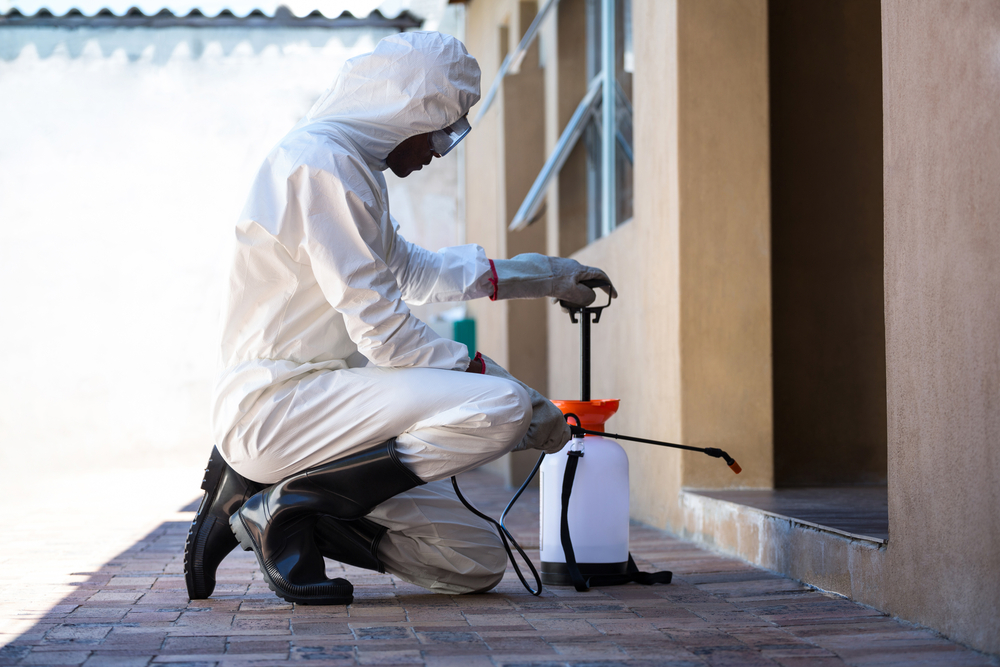
Is it better to spray inside or outside for bugs?
It’s generally more effective to focus on spraying the outside of your home for bugs. Treating the exterior creates a barrier, preventing pests from entering in the first place. When you spray indoors, you might only address the bugs you see, missing hidden ones. Plus, outdoor treatments can have a longer-lasting impact as they disperse and deter insects from gathering near your home.
With preventative measures, you can target areas like entry points, windows, and foundation. However, for severe infestations, a combination of indoor and outdoor treatments could be useful. Remember, consistency matters—regular maintenance is key to keeping your space bug-free and comfortable.

Spraying your house for bugs in the fall
Spraying pesticides around the perimeter of your home is an easy project that doesn’t always require hiring professional pest control services. You can purchase pre-mixed and ready-to-use liquid insecticide sprays that attach directly to your garden hose. Then, you can simply walk around the perimeter of your home and spray.
Tips for spraying with liquid insecticide:
- Wear long sleeves, pants, and other appropriate PPE. Insecticides contain harmful chemicals that can burn the skin and irritate your lungs. Check the label for more information on how to protect yourself as you use the spray, but most experts recommend wearing goggles, gloves, and even masks to prevent harm to your body.
- Use a waterproof insecticide mixture if your area gets a lot of rain in the fall. This will prevent the substance from simply washing away the next day.
- Spray in the direction of the wind to avoid covering yourself with insecticide.
- Spray the three bottom feet of the foundation of your home, along with one foot of ground that extends from the foundation.
- Spray areas with access to the home such as vents, holes where cables and wires enter, as well as door and window frames.
- Spray in a continuous line to avoid gaps in treatment that bugs can sneak in through. Again, they’re stealthy little guys…
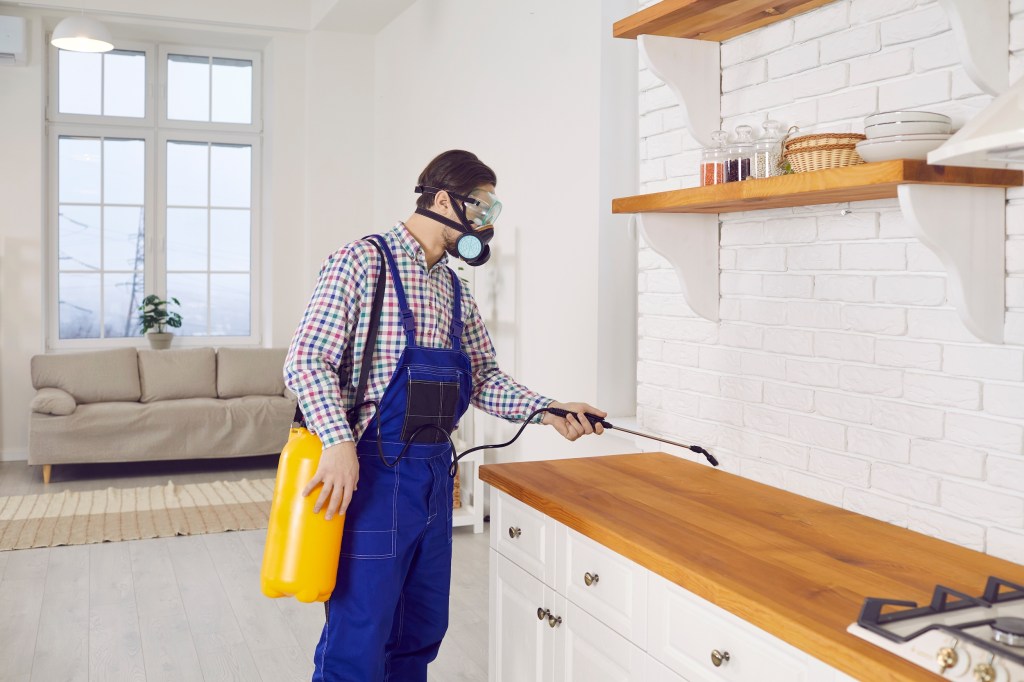
Other fall pest prevention tips
When the weather turns cool, make it as difficult as possible for pests to gain access to your home with these fall pest prevention tips:
- Check doors and windows for gaps and seal them.
- Check your home’s siding for cracks or gaps and seal them with caulk.
- Check your dryer’s vent and be sure there are no gaps or spaces where bugs can enter.
- Use expanding foam to fill gaps or damage in the soffit.
- Rake mulch and soil away from your foundation. This discourages the presence of insects as it removes their cover while they’re searching for a way in.
- Trim bushes away from your home.
- Seal known pest entrances with copper mesh and expanding foam.
When the summer comes to an end, your pest problems aren’t over always over. When the weather begins to cool, bugs begin their search for a safe shelter from the cold, and your home is nice and toasty. Preventative pest control methods, like perimeter spraying and gap sealing, are crucial in keeping bugs from hibernating in your home over the winter. If you don’t let pests in your home in the fall, they won’t have a chance to infest in the summer.



